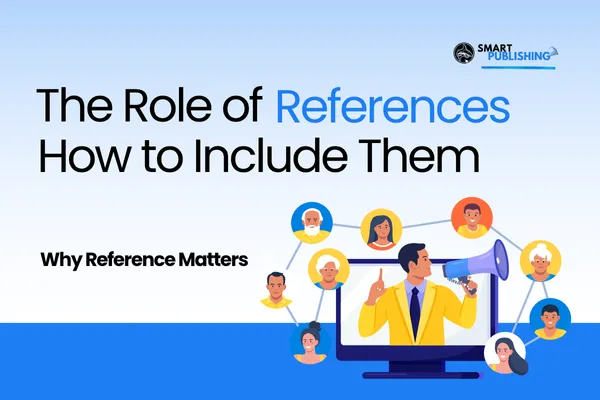
The Role of References and How to Include Them
How to Include References in Your Book Without Confusing Your Reader
Let’s talk about something a little nerdy—and incredibly important for nonfiction authors: references.
I know, it’s not the sexiest part of writing a book. But if you’re writing nonfiction and referencing other people’s work, stats, or studies, you need to get this right. I get asked about it all the time—and I see a lot of authors either do too little, or too much.
So, this post is all about why references matter, how to make sure they actually help your reader, and my honest take as an editor who cares way more about reader experience than any style guide.
Why Should You Include References?
Let’s start with the obvious: because it’s the right thing to do.
If you’re using someone else’s ideas, research, or intellectual property, you must cite your sources. That’s just author ethics 101.
But beyond that, it’s about credibility. We live in a world full of misinformation. People are quoting “studies” that don’t exist, sharing stats they never verified, and acting like Reddit threads count as peer-reviewed sources.
Spoiler: they don’t.
If you want readers to trust you—and your book—then back up your claims. And please, make sure you’re citing credible sources. A blog post from someone’s crunchy Instagram account does not carry the same weight as a meta-study from a university or medical journal.
What Makes a Good Reference?
Here’s your mini checklist:
✅ Reputable source (peer-reviewed, academic, government, or widely respected industry org)
✅ Up-to-date (recent research usually beats older studies—unless the older one is foundational)
✅ Verifiable (don’t just use ChatGPT citations—check the actual source!)
✅ Clear and complete (so readers can find it themselves)
And please—don't rely on AI alone. AI can hallucinate fake info (yes, even ChatGPT). If you're using a suggested reference, double-check it. I've seen authors quote entire case studies that didn’t exist. That’s not just embarrassing—it’s dangerous.
How Should You Format References in a Book?
Okay, now for the nitty-gritty: How do you actually include references in your book?
First: forget everything you learned from APA, MLA, or Chicago Style—at least when it comes to nonfiction books written for the general public. Academic styles like parentheses and in-text citations (e.g. “(Smith, 2020)”) are disruptive and hard to read. They belong in dissertations—not in your inspirational, research-driven, or how-to book.
Instead, I recommend:
Superscript footnotes. These are tiny numbers that appear at the end of the sentence. They’re non-intrusive and guide the reader to a reference list later.
A clean, readable reference section that includes the author, title, date, and—if it’s digital—a direct link.
Think of it like this: if someone wanted to follow your reference and read more, could they actually find it based on what you’ve listed? That’s your goal.
Where Should You Put References?
There are three common places authors include references:
At the bottom of each page
✘ Personally, not a fan. It interrupts the reading flow and clutters your layout.At the end of each chapter
✔ My preferred method. You let the reader get through the full thought before offering references in a neat, focused section.At the back of the book
✔ Also a great option—especially if you only have a few references scattered throughout.
The right choice depends on your book. If every chapter is research-heavy, chapter-by-chapter listings might make sense. If only a few chapters need them, keep them at the end. The goal is always the same: keep the reader focused, and make the references helpful—not overwhelming.
Final Word: Think Like a Reader
References aren’t just for showing off how much research you’ve done—they’re for serving your reader. Helping them go deeper, follow the trail, and know you’ve done your homework.
So yes, cite your sources. But do it in a way that’s thoughtful, readable, and helpful.
Because the more trustworthy your book feels, the more impact your message will have.
Until next time—keep writing your story.
Because the world needs your voice.
—Renee
